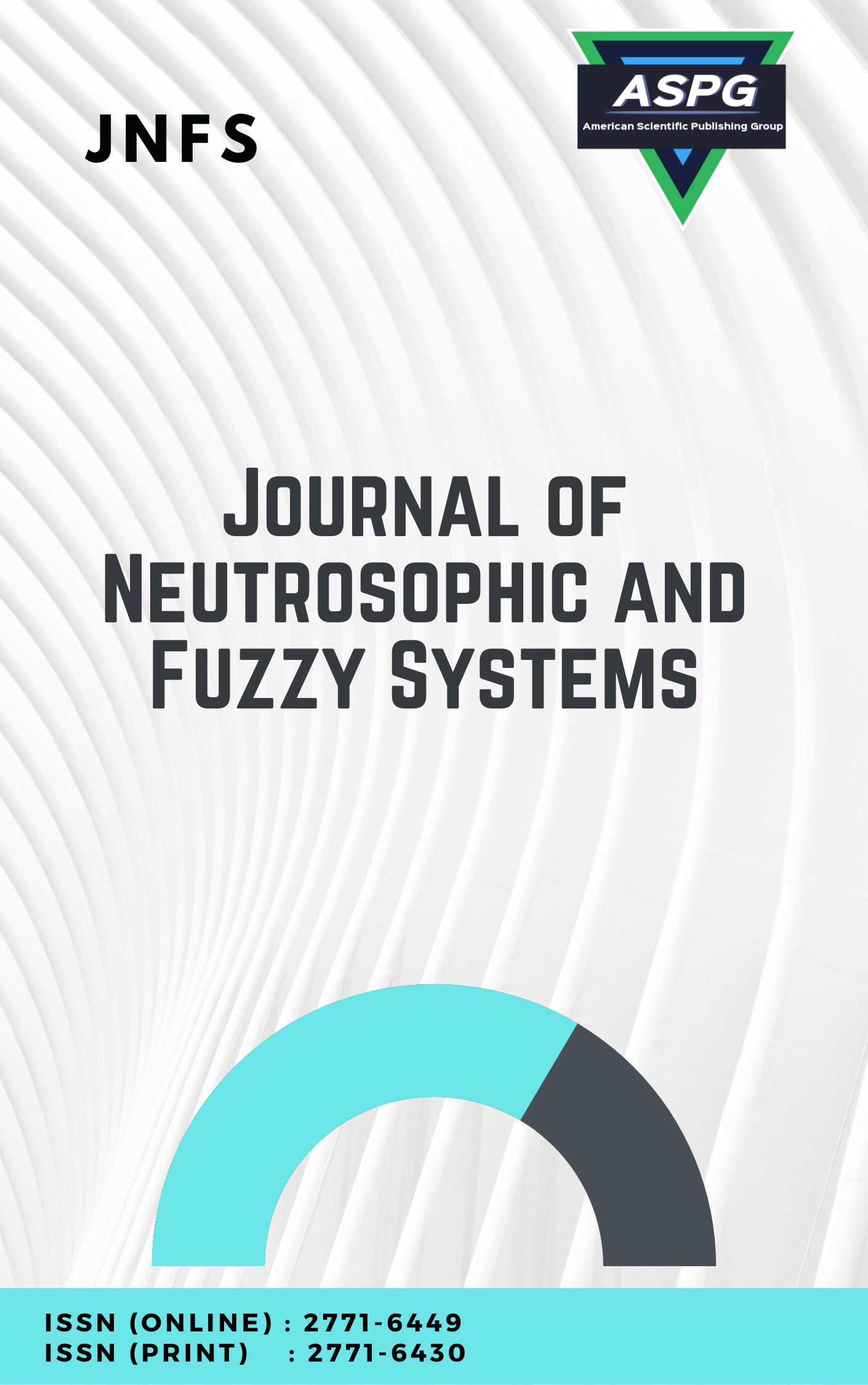

Operations research is the applied side of mathematics, and since its inception it has helped to improve the performance of many systems that used its methods in its workflow, one of the methods of operations research is the theory of queues that have been used in many aspects of life, especially the aspects that are directly related to customer service, and the goal is to serve the customer as soon as possible and at the lowest cost, which prompted many researchers to provide the research and studies that can be applied in systems that have a queue.These studies showed good results, from these studies this research is presented to find the optimal value of the service rate in the unlimited model according to classical logic, we present in this research a study to find the relationship through which we get the optimal value of the service rate using neutrosophic logic and this study is an expansion of the study according to classical logic, through the two studies The great benefit we get when using neutrosophic logic and neutrosophic values in operations research topics is demonstrated.
Read MoreDoi: https://doi.org/10.54216/JNFS.060101
Vol. 6 Issue. 1 PP. 08-13, (2023)
In this paper, an analytical method (Homotopy perturbation method HPM) is used for solving the initial value problem represented by a neutrosophic nonlinear Van der Pol oscillator equation (N-VDP) arising in applied dynamics using the thick function. We find the solutions of the (N-VDP) equation by HPM and then compare the numerical results with fourth order Runge-Kutta method (RK4). The results showed that the HPM lead to accurate and efficient results. Furthermore, these results of the HPM scheme and RK4 are implemented in Matlab.
Read MoreDoi: https://doi.org/10.54216/JNFS.060102
Vol. 6 Issue. 1 PP. 14-20, (2023)
We began a novel technique to dealing with the Neutrosophic Pythagorean shortest route problem in a network in this paper by representing each edge weight as a triangular fuzzy Pythagorean number with dependent Neutrosophic components and Pythagorean fuzzy graph condition.0≤μ_1 (v_i^' )^2+β_1 (v_i^' )^2+σ_1 (v_i^' )^2≤2. The main purpose of this article is to show how to use Neutrosophic Pythagorean fuzzy graphs. As a result, we created the proposed method, which also delivers the shortest path length from the source node (SN) to the destination node by using a ranking function for the Neutrosophic Pythagorean fuzzy Triangular number. Finally, an illustrative instance is supplied for validation.
Read MoreDoi: https://doi.org/10.54216/JNFS.060103
Vol. 6 Issue. 1 PP. 21-28, (2023)
In this article, we have introduced a bipolar neutrosophic soft point and investigated some of the properties with appropriate examples. Further, we have defined bipolar neutrosophic soft continuous mapping through bipolar neutrosophic soft points. Some results have been produced as theorems and examples. Further, we have discussed the relationship between the proposed mapping with the various existing mappings.
Read MoreDoi: https://doi.org/10.54216/JNFS.060104
Vol. 6 Issue. 1 PP. 29-38, (2023)
In this paper we have described a multi-objective economic production quantity (EPQ) model with uniform demand rate as well as shortages. In this model we have considered the production rate as finite. Due to uncertainty in the various cost parameters, most of the costs parameters are taken as pentagonal fuzzy number. The model has been solved by Fuzzy Non-Linear Programming Problem (FNLP), Fuzzy Additive Goal Programming Problem (FAGP) and Intuitionistic fuzzy programming approach (IFP).To demonstrate the validity of this model some numerical examples have been given lastly. The sensitivity analysis for some cost parameters has also been given.
Read MoreDoi: https://doi.org/10.54216/JNFS.060105
Vol. 6 Issue. 1 PP. 39-51, (2023)